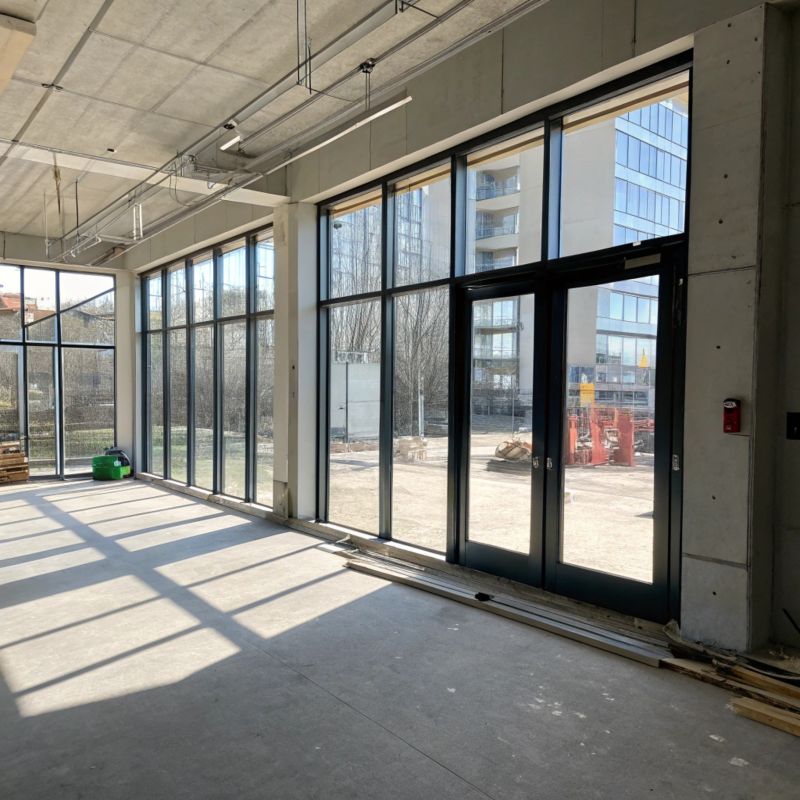Optimal Timing for Windows Installations
Determining the best time for Windows installations involves considering factors such as system readiness, workload schedules, and environmental conditions. Proper timing ensures minimal disruption and optimal performance during the installation process.
Installing Windows during off-peak hours reduces operational interruptions and allows for smoother updates.
Weekends and holidays often provide extended periods for installation without impacting daily activities.
Coordinating with scheduled maintenance times ensures installations occur during planned downtime, minimizing inconvenience.
Performing installations prior to major updates can prevent conflicts and ensure compatibility.

Technicians preparing for Windows setup.

Installing Windows in a data center environment.

Upgrading office systems with new Windows versions.

Ways to make Windows Installations work in tight or awkward layouts.

Popular materials for Windows Installations and why they hold up over time.

Simple add-ons that improve Windows Installations without blowing the budget.

High-end options that actually feel worth it for Windows Installations.

Finishes and colors that play nicely with Windows Installations.
| Timing Considerations | Details |
|---|---|
| Business Hours | Avoid installations during peak operational hours to prevent disruptions. |
| Weekend Scheduling | Ideal for extensive updates requiring longer downtime. |
| Pre-Update Preparation | Ensure backups and system checks are completed beforehand. |
| Environmental Stability | Choose times with minimal power fluctuations or environmental changes. |
| Coordination with IT | Align installation times with IT maintenance schedules for efficiency. |
| User Availability | Schedule when users are least likely to be affected. |
| System Readiness | Confirm hardware and software compatibility prior to installation. |
| Post-Installation Testing | Allow time for testing and troubleshooting after setup. |
Windows installations are a critical component of maintaining system security and functionality. Proper timing can reduce downtime and ensure compatibility with existing hardware and software. Statistics show that scheduling during low-usage periods can decrease installation-related issues by up to 30 percent.
Advanced planning for Windows installations involves assessing workload schedules, environmental conditions, and user availability. Regular updates and timely installations contribute to improved system performance and security. It is recommended to review system requirements and backup data prior to initiating the process.

Technicians performing a Windows setup.

Ensuring data safety prior to updates.

Optimizing Windows settings after setup.

Little measurements that prevent headaches on Windows Installations day.

A 60-second routine that keeps Windows Installations looking new.

A frequent mistake in Windows Installations and how to dodge it.
Interested in scheduling a Windows installation? Filling out the contact form can facilitate planning and coordination to ensure a smooth process tailored to specific operational needs.



